The past two weeks have been slightly rough from a travel perspective; 6 college tours in 6 states, 4 industry events, and more than 30 hours of driving with 3 kids, the family dog, and boxes of 45 RPM singles that are becoming my new obsession.
Asbury Park lost its best record store during the pandemic so any thought I had of adding to my collection (480 and growing) on my lunch hour have been dashed.
Back in the summer when a series of unfortunate events led me to the wilderness of northern Ontario for some mandatory rest, I fell upon a small collection of 45s that were the personal property of our gracious host. When the Rogers network crashed across Canada, I was forced to do nothing for 30 hours but listen to CDs and records because streaming wasn’t available.
Watching family members struggle with their useless smartphones was rather cathartic.

The owner of the cottage in French River rather surprisingly shipped me three rather large boxes of 45s including some original Sun Records and RCA recordings featuring…Elvis. I felt rather smug for about 5 minutes unpacking those.
The collection includes a mixture of Elvis, Sinatra, Tommy James & The Shondells, Bon Jovi, Donovan, Thomas Dolby, The Carpenters, Julie London, Ella Fitzgerald, Prince, and more than 80 Motown classics. Cleaning them has taken some time that I really don’t have at the moment but it was truly wonderful to inherit some great singles that will end up in my children’s basement when it’s finally my time.
We laugh at the concept of not having the ability to make phone calls, post mediocre singing videos on TikTok, stream from TIDAL (Qobuz still isn’t available in Canada), or send nasty Tweets to Elon — but that’s exactly when happened for millions of Canadians.
Physical media is the way. Streaming might represent 85% of the market, but your tape deck, CD player, and turntable will still work if the network crashes. You might have a nervous breakdown not being able to check on how Tom Brady, Ye, or Paul Pelosi are doing but life will otherwise be perfectly fine.
Record sales in H1 2022 were up 22% but before you break out the party hats and celebrate — that’s a sign of a slowdown in record sales compared to the same period in 2021.
Cough. Inflation. Cough. $4 gasoline. Cough. 30% increase in the price of food. Cough.
Spotify and Apple Music are about to become more expensive as well.
3 industry events (one really just involved picking up a copy of the book) focused on vinyl playback were the highlights of my otherwise stressful week in D.C., Maryland, Delaware, New Jersey, Pennsylvania, New York, and Massachusetts.

Long Live the Revolution
Do you love to read? I don’t trust people who go into Barnes & Noble just to use the bathroom or order from Starbucks. In a past life, I worked for the struggling bookseller and loved being surrounded by books 5 days a week.
Gideon Schwartz’s Revolution: The History of Turntable Design is a magnificent title from Phaidon that will run you $89.95 USD.
From the publisher:
Interest in turntables and records is enjoying a renaissance as analog natives and new converts find their enduring style and extraordinary sound inimitable. Revolution, a follow-up to Phaidon’s beloved Hi-Fi: The History of High-End Audio Design, explores the design and cultural impact of the turntable, the component at the center of the ‘vinyl revival’.
An essential book for audiophiles, collectors, and design fans, Revolution showcases the fascinating history of turntables and vinyl technology from the 1950s to today’s cutting-edge designs.Phaidon, 2022
After picking up my copy from the publisher, I tucked the book away in my travel bag so I could read in on the road while we visited some of the institutions of higher fleecing that my middle child wishes to attend in less than 18 months.
Revolution might lack the in-depth history of some of Ken Kessler’s recent books covering KEF, McIntosh, and Audio Research (all 3 are highly recommended), but the pictorial guide covers 1857 to 2022 and I made a mental note to never sell any of my restored Thorens tables.

Audio-Technica: The Art of Analog
The Japanese analog giant turned 60 in 2022 and there is much to celebrate about that achievement. Hideo Matsushita (who passed away in 2013 at the age of 93) would be inspired to know that millions of vinyl listeners still use his products.
Inspired by the depth of emotion he witnessed at vinyl listening sessions organized during his tenure at the Bridgestone Museum of Arts in Tokyo, Hideo Matsushita was determined to enable more people to experience the warmth of analog listening. In a small Shinjuku apartment, he established Audio-Technica and began developing phono cartridges.

His first two products, the AT-1 and AT-3, achieved success and enabled Hideo to expand his business. He opened a larger headquarters in Machida, where the company still operates today.
April 17, 2022, marked 60 years since Hideo created his first cartridge and Audio-Technica will mark this occasion by reaffirming its commitment to analog. Focusing on a human-centered approach to the process of generating sound, the company sees analog as an enjoyment and appreciation for audio that doesn’t alter, despite the rapid changes throughout history.
Alongside cartridges, Audio-Technica began producing headphones in 1974 and microphones in 1978 – beginning every process with a transducer and aiming to deliver a pure, natural sound. At the core of every product is the art of analog, as a delicate vibration is transformed into sound – both in the listening and recording processes.
Kazuo Matsushita, son of Hideo, became president in 1993, and the business continued to expand, opening offices throughout the world and developing iconic products such as the modern VM series of cartridges, the ATH-M50x headphones and the AT2020 microphone ($99 at Amazon).
Today, Audio-Technica is an integral part of the audio industry, with products used at global events, on screen, in studios and in homes – retaining the “audio for all” philosophy and ensuring future generations can experience the joy of analog.

A few weeks back, I spent the evening at a turntable bar in NYC in honor of that achievement and in celebration of their remarkable run so far.
What made the evening so unique was that the focus shifted from their products to a conversation about the “art of analog” from a recording perspective.
Audio-Technica chose the ideal location for the event; it’s hard to not have a good time eating Korean chicken wings, in a room filled with thousands of records and music industry luminaries.
Chris Lord-Alge wasn’t an “official” member of the panel of celebrated mix engineers, but the conversation took on another level of interest when the 4 speakers which included Jimmy “The Senator” Douglass (Foreigner, Justin Timberlake, Missy Elliott), Lenise Bent (Blondie, Steely Dan, Fleetwood Mac), and Chris Mara (founder of Nashville’s Welcome to 1979 studio) shared some personal stories about mixing some of the most successful records of the past 50 years.
The collection of Grammy Award winning engineers and producers engaged in a healthy and rather spirited debate about the merits and disadvantages of both analog and digital recording and Douglass made the point that stuck in my head as I walked out into the cold on W. 32nd Street on my way to Penn Station.
“Does the format change the quality of the performance?”

Balanced in Brooklyn
Pro-Ject’s X2 B Balanced Turntable currently resides in my reference rig (review forthcoming) and they graciously invited me to Brooklyn to have coffee and croissants at Cafe Kitsune before I ran back to Manhattan to visit the Sonus faber display at CIMA in honor of Bruno Munari.
Jeff Coates, Julia Lescarbeau (Global Public Relations and Communications Manager at McIntosh Group inc.) and I discussed the new lineup at length and the current state of vinyl and how Pro-Ject can barely keep up with the current demand.
Don’t be shocked to learn that their factories in the EU are manufacturing over 13,000 turntables a month at present. Both their own tables and for OEM customers.
The Pro-Ject/Rotel combination makes a lot of sense because one can build an excellent system around their products at an affordable price.
Does balanced really make a difference?
My experience suggests that it does if you have to contend with certain noise issues.
Almost 22 years ago, I invested in a very expensive turntable and felt that I had reached vinyl nirvana. I paid a professional $200 to properly install the cartridge, setup the table which had a finicky suspension system, and help me mount the turntable shelf to the wall.
My building at the time was a pre-war in downtown Toronto that needed an upgrade on the electrical front. Noisy to say the least.
No matter what I tried, my turntable setup always sounded noisy; ground loop issues, constant hiss, and it became a a source of depression (first world problems). Why bother spending almost $8,000 on such a system if it sounded terrible.
A local dealer suggested that I have my arm and table modified so that I could run a fully balanced rig; which also included upgrading to a balanced phono stage. I sold a few other items to facilitate the changes.
Extreme? Perhaps.
But when I listened to the same records that mattered to me — I was stunned by the differences in clarity, noise floor, and overall dynamics of the sound.
Does a balanced setup always sound better? Not necessarily and I’m not convinced that every manufacturer who markets “balanced” is really offering that.
Vinyl is thriving right now and on many levels.
A huge thank you to Audio-Technica, McIntosh Group, CIMA, and Phaidon for their gracious hospitality.



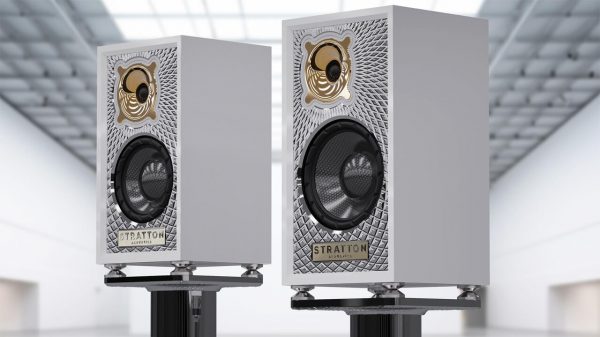



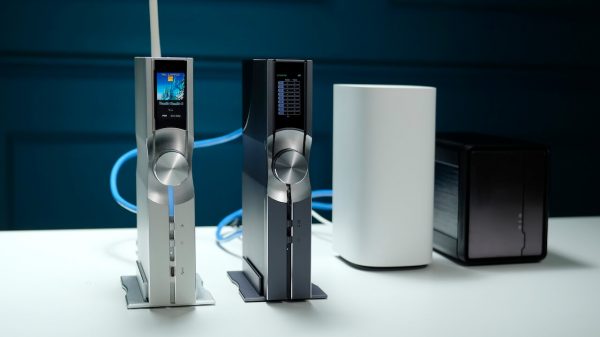

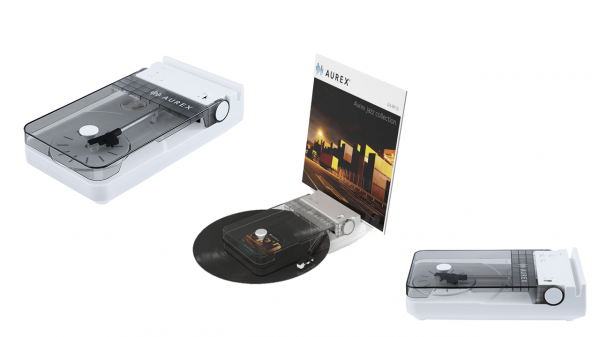



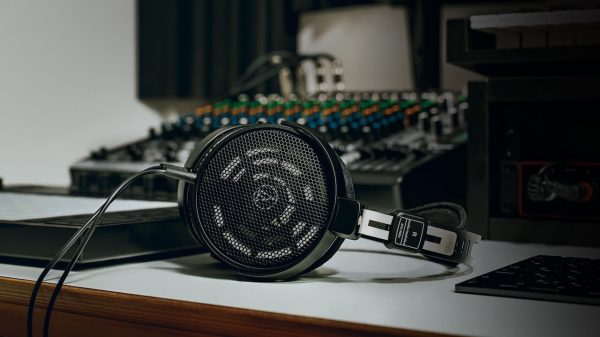

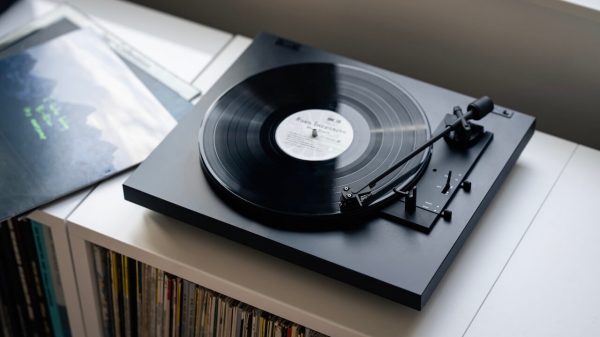

















David
November 1, 2022 at 2:40 pm
That’s a good read, Ian. Though I am not a vinyl aficionado due to my disinclination toward collecting and the resultant “clutter”, I appreciate you keeping your readers abreast of all things analog and some things paternal in a busy audio writer’s life.
David – keeping it clean with streaming 😉
ORT
November 2, 2022 at 11:31 pm
“Streaming” is FM with out the accompanying annoyances. I recall in the early ’70s when KGB 101.5 FM in San Diego would adjure us to “get your tape decks ready” and would then play an entire album without muttering a sound. And more.
Dr. Demento and more. DJ’s that did NOT play the fool but rather played the music and only spoke to introduce us to the artist and song or as on our Real Jazz Station (still with us!) KSDS Jazz 88.3 FM, would tell us who played on what song and when and where it was recorded. Useful information to those that take their life’s sound track seriously.
I no longer listen to FM or AM. I listen to my music on records, CDs and soon on Cassettes. I also listen via the interwebs and SiriusXM, Pandora and Amazon Music. There are some Hosts and Hostesses (I know…I know. How dare I differentiate between the men and women, LOL!) that are worth listening to. For me they are the ones that speak to the memories in the well of my soul.
Ultimately all music is analog. ’tis sad that some folk can be so anal about analog. Yes…Think about it my children. Thank you for this particular chapter. Your words give me hope that writing lives still within some of us.
ORT